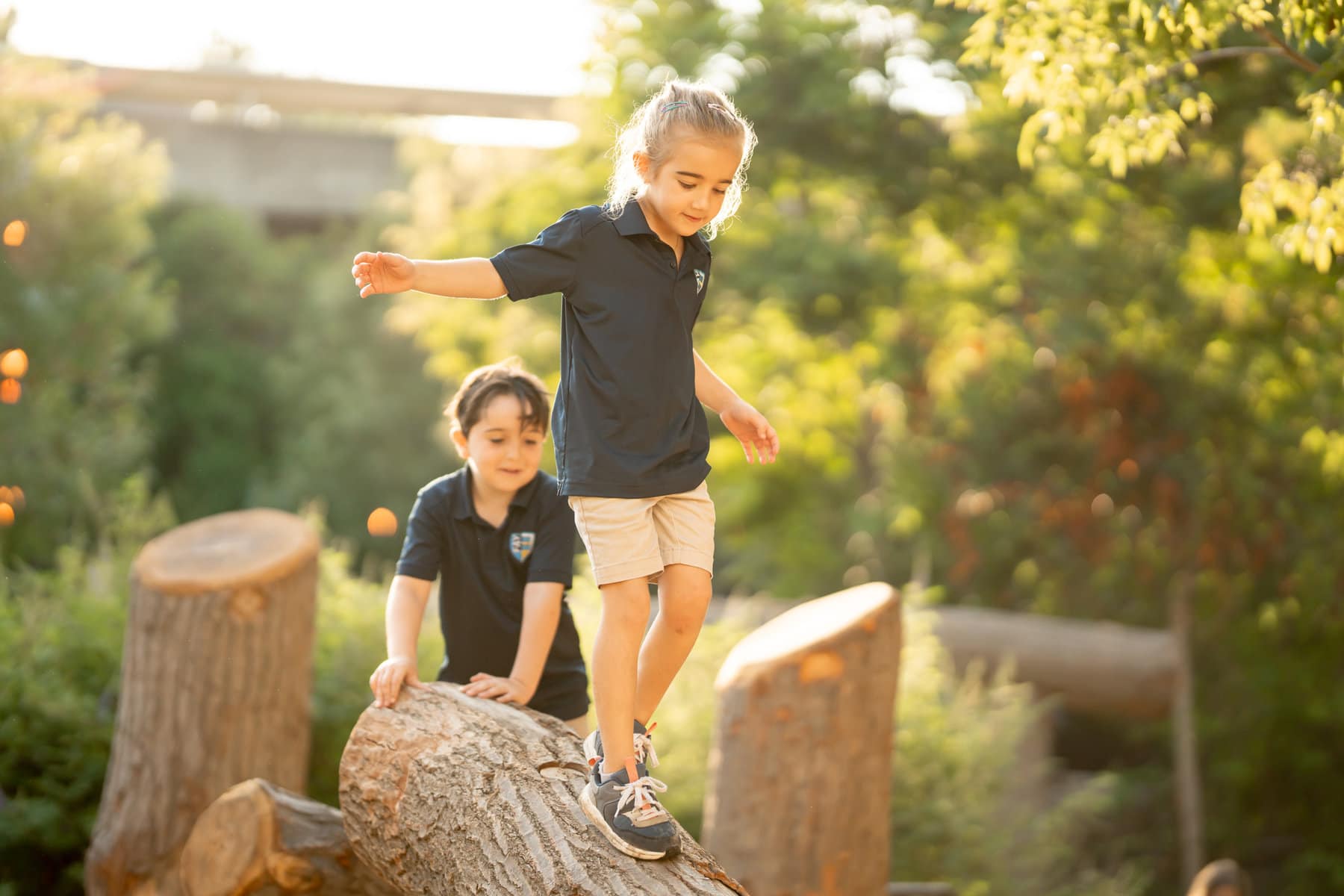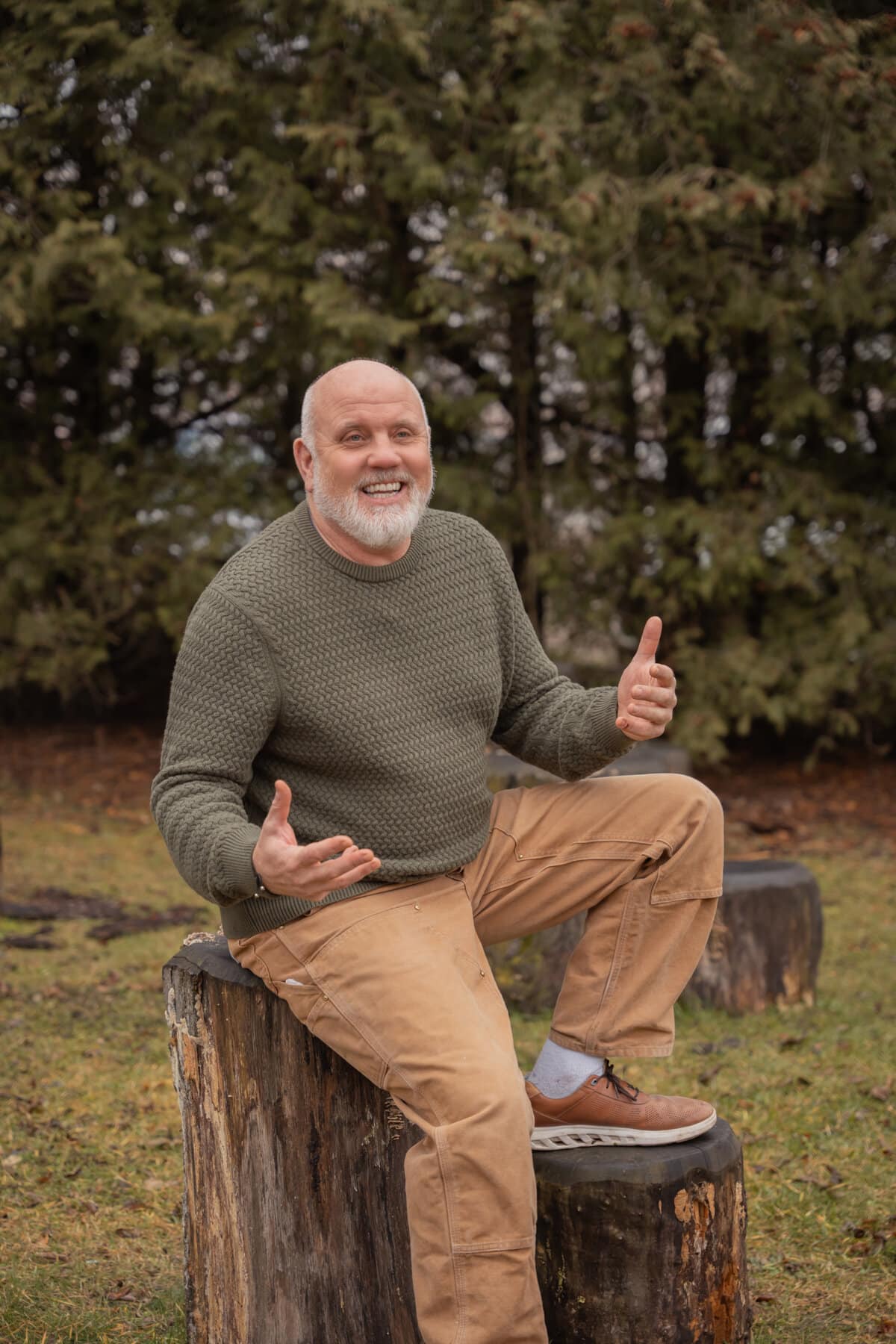Now that spring has sprung and the hibernation period of winter is slipping away, Adam Bienenstock wants parents – and the population in general – to consider an important idea.
“Good decision-making thaws out perfectly with the timing of the changing weather,” he said.
In other words, the brain works better when faced with the wonders of nature — so get outside.
Bienenstock, a groundbreaking playground designer, child right’s advocate and global speaker on the importance of the child-nature connection, brought this message to Niagara-on-the-Lake during a March 26 conversation with members of the Niagara Horticultural Society.
With four decades of experience building sensory-rich playgrounds, while also promoting the raw beauty of unclaimed and natural environments, Bienenstock said he has witnessed a direct correlation between nature and improved mental health.
“Most of the stuff we thought of intuitively is being backed now by science,” he said, noting that thousands of doctors around the world are currently prescribing nature to their patients as a remedy for various ailments.
Take the reported high instances of anxiety and depression amongst today’s youth as an example.
A report from December published by the Conference Board of Canada indicates that an estimated 1.6 million children and teens in the country are dealing with a mental health disorder and that the number of youth reporting they have good mental health has declined over 20 years.
Bienenstock’s answer to that has been to create elaborate, nature-integrated outdoor play spaces that, as he puts it, are proving to counter bullying, attention deficits and aggression while promoting creativity and collaboration.
The goal is confident and outgoing youth with enhanced social skills.
“The playgrounds that are built in North America cater to bullying,” he said. “The plastic and steel (construction) are only about physical play. You are creating a space for king of the castle. With hour outside in a sensory-rich environment we see a reduction of 87 per cent on aggressive behaviour.”
Bienenstock’s natural playground creations integrate all that is from the earth, allowing children to roam, play, touch and feel nature.
His company has created spaces with winding and twisting path designs that mimic the way a river would flow, log carved benches and slides, mirror walls and chalkboards that promote creativity and treehouses for those who want to bring out their dramatic side and role play in a childish domesticated bliss.
The designs are unique, but in the eyes of many, technology is still to blame for the lack of outdoor play.
Phone and tablet screen times seemingly increase every year with arrival of the next best app, social media platform or gadget.
“The alternatives have to be more compelling,” said Bienenstock. “You are just not going to win by simply saying, ‘Turn of your phone.’ Do something,” he added.
“It’s not complicated. Give them sticks, mud, go out into the woods and you will see them light up.”











